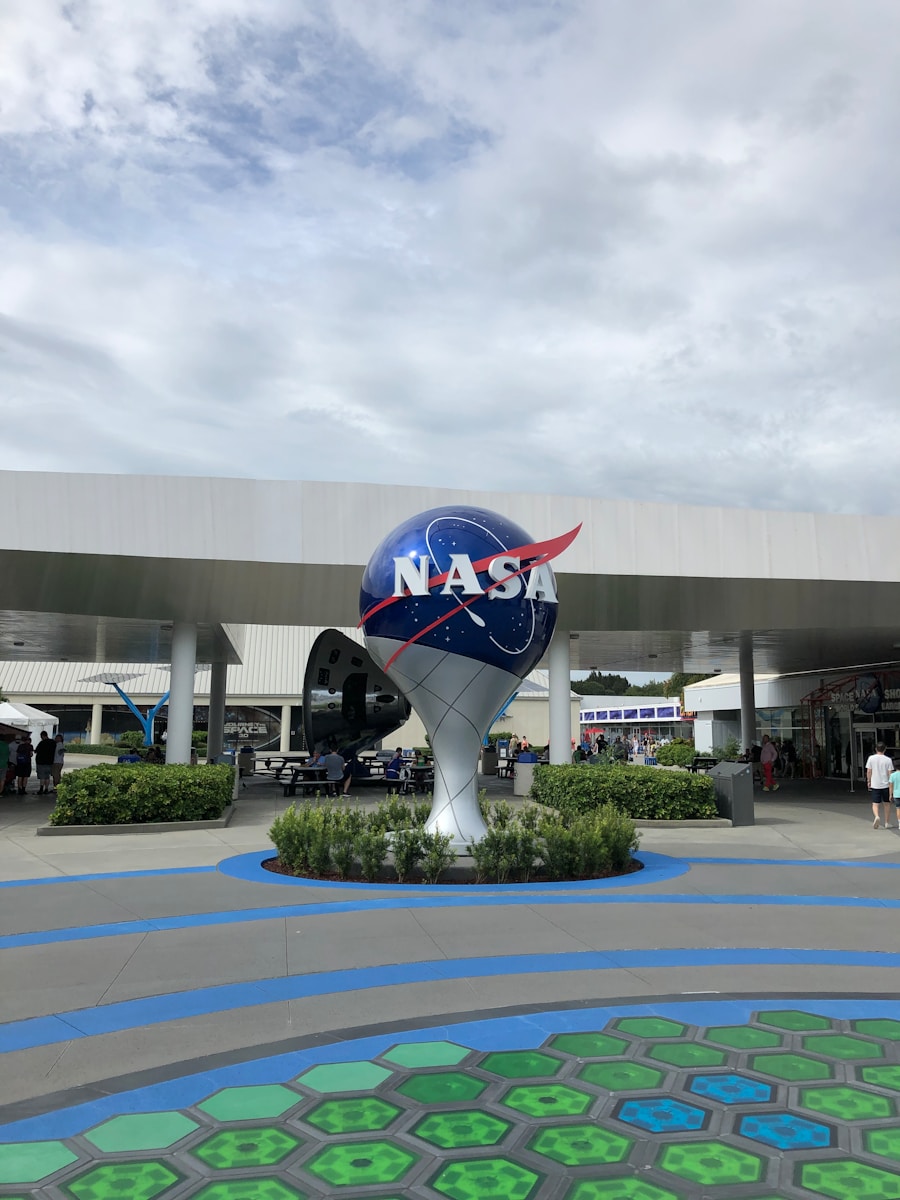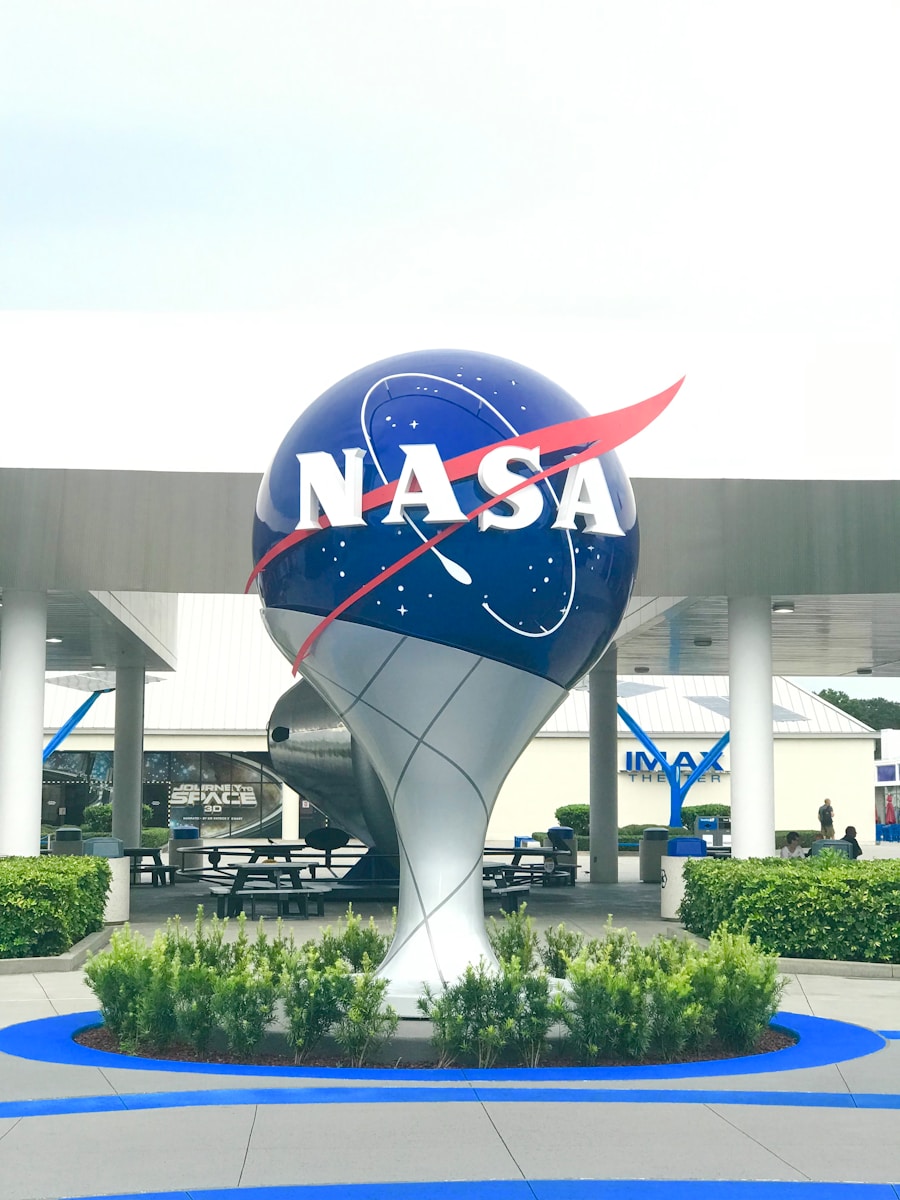NASA, the United States government agency responsible for the nation’s civilian space program and for aeronautics and aerospace research, has increasingly turned its attention to the metaverse—a collective virtual shared space that merges physical and digital realities. This innovative concept is not merely a technological trend; it represents a paradigm shift in how organizations, including NASA, can engage with the public, conduct research, and facilitate collaboration. The metaverse offers a unique platform where users can interact with three-dimensional environments, simulations, and even each other in real-time, transcending geographical boundaries.
As NASA embarks on this journey into the metaverse, it aims to enhance its mission of exploration and discovery while fostering a deeper connection with audiences worldwide. The metaverse is characterized by immersive experiences that can be accessed through various devices, including virtual reality (VR) headsets, augmented reality (AR) applications, and traditional computers. For NASA, this means creating environments where users can experience space missions, explore celestial bodies, and engage with scientific data in ways that were previously unimaginable.
By leveraging cutting-edge technologies such as VR and AR, NASA is not only enhancing its operational capabilities but also democratizing access to space exploration. This initiative aligns with the agency’s broader goals of education, outreach, and public engagement, making the wonders of the universe more accessible to everyone.
Key Takeaways
- NASA is exploring the metaverse as a new frontier for virtual exploration and engagement.
- The metaverse offers potential for immersive and interactive experiences in space exploration.
- NASA is utilizing the metaverse for training, simulation, and public engagement.
- The impact of the metaverse on space exploration includes enhanced collaboration and data visualization.
- Challenges and opportunities in the virtual frontier include accessibility, security, and innovation.
The Potential of Virtual Exploration
Virtual exploration holds immense potential for expanding our understanding of the universe. By simulating environments that are otherwise unreachable, scientists and enthusiasts alike can engage in activities that range from conducting experiments on Mars to navigating the rings of Saturn.
For instance, virtual simulations can help scientists understand the geological processes on Mars by allowing them to manipulate variables in a controlled environment, leading to insights that could inform future missions. Moreover, virtual exploration can serve as a powerful educational tool. Students and educators can immerse themselves in interactive lessons that bring space science to life.
Imagine a classroom where students can don VR headsets and walk on the surface of the Moon or participate in a simulated mission to repair the Hubble Space Telescope. Such experiences not only enhance learning but also inspire the next generation of scientists, engineers, and astronauts. The potential for virtual exploration extends beyond education; it can also facilitate international collaboration among researchers who can share data and findings in real-time within a shared virtual space.
How NASA is Utilizing the Metaverse

NASA has begun to harness the metaverse’s capabilities through various initiatives aimed at enhancing its research and outreach efforts. One notable example is the development of virtual environments that replicate the conditions of other planets. These environments allow scientists to conduct experiments that would be impossible on Earth or too costly to perform in space.
For instance, NASA’s Jet Propulsion Laboratory has created a virtual Mars environment where researchers can test rovers and other equipment before deploying them on actual missions. This not only saves time and resources but also increases the likelihood of mission success. In addition to research applications, NASA is also focusing on public engagement through the metaverse.
The agency has launched interactive platforms where users can participate in live events, such as virtual tours of spacecraft or Q&A sessions with astronauts. These initiatives aim to break down barriers between the agency and the public, fostering a sense of community among space enthusiasts. By creating immersive experiences that allow users to explore NASA’s missions and achievements firsthand, the agency is cultivating a deeper appreciation for space exploration and its significance.
The Impact on Space Exploration
| Space Exploration Metric | Value |
|---|---|
| Number of Satellites in Orbit | Over 3,000 |
| International Space Station (ISS) Construction Cost | Over 150 billion |
| Number of Countries with Space Agencies | Over 70 |
| Distance to the Moon | Approximately 238,855 miles |
| Number of Space Missions to Mars | Over 50 |
The integration of the metaverse into NASA’s operations has profound implications for space exploration as a whole. By utilizing virtual environments for training and simulations, astronauts can prepare for missions more effectively. For example, VR training modules can simulate various scenarios that astronauts might encounter during their missions, from equipment malfunctions to emergency landings.
This level of preparation enhances crew readiness and safety, ultimately contributing to mission success. Furthermore, the metaverse enables real-time collaboration among scientists and engineers across the globe. With virtual workspaces, teams can come together regardless of their physical locations to brainstorm ideas, analyze data, and develop solutions to complex problems.
This collaborative approach not only accelerates innovation but also fosters a culture of inclusivity within the scientific community. As more organizations adopt similar technologies, we may witness a new era of international cooperation in space exploration, where knowledge and resources are shared more freely than ever before.
Challenges and Opportunities in the Virtual Frontier
While the potential benefits of NASA’s foray into the metaverse are significant, there are also challenges that must be addressed. One major concern is ensuring equitable access to these technologies. As immersive experiences often require advanced hardware and high-speed internet connections, there is a risk that underserved communities may be left behind.
To mitigate this issue, NASA must prioritize inclusivity in its outreach efforts by providing resources and support to schools and organizations in underrepresented areas.
Creating detailed models requires extensive data collection and analysis, which can be time-consuming and resource-intensive.
However, advancements in artificial intelligence and machine learning may offer solutions by automating certain aspects of data processing and simulation creation. By leveraging these technologies, NASA can enhance its virtual environments while also streamlining its research processes.
Connecting with the Public through the Metaverse

Interactive Experiences for All Ages
By creating engaging and interactive experiences, NASA aims to provide opportunities for individuals to engage directly with its work. Virtual events such as live-streamed rocket launches or interactive Q&A sessions with astronauts foster a sense of belonging within the broader space community and encourage individuals to pursue careers in STEM fields.
Amplifying NASA’s Presence through Social Media
Social media platforms play a crucial role in amplifying NASA’s presence in the metaverse. By sharing immersive content on platforms like Instagram or TikTok, NASA can reach younger audiences who may not be familiar with traditional forms of science communication.
Inspiring Public Support for Future Missions
Engaging storytelling combined with stunning visuals can capture attention and spark interest in space exploration. As more people become aware of NASA’s initiatives within the metaverse, there is potential for increased public support for funding and resources dedicated to future missions.
Collaborations and Partnerships in the Virtual Space
NASA’s venture into the metaverse is not a solitary endeavor; it involves collaborations with various organizations and companies specializing in virtual reality and augmented reality technologies. Partnerships with tech giants like Microsoft have led to innovative projects such as the HoloLens-based training programs for astronauts. These collaborations enable NASA to leverage cutting-edge technology while also sharing knowledge and expertise with industry leaders.
Moreover, educational institutions are increasingly partnering with NASA to develop curricula that incorporate virtual exploration tools. By working together, these institutions can create programs that align with NASA’s goals while also meeting educational standards. Such partnerships not only enhance learning opportunities for students but also contribute to a more informed public that understands the importance of space exploration.
The Future of NASA’s Presence in the Metaverse
Looking ahead, NASA’s presence in the metaverse is poised for significant growth as technology continues to evolve. The agency envisions expanding its virtual offerings to include more comprehensive simulations of future missions, such as crewed missions to Mars or lunar bases under development through Artemis program initiatives. As these projects progress, virtual environments will play an essential role in preparing astronauts for real-world challenges they may face during their journeys.
Furthermore, as public interest in space exploration continues to rise, NASA will likely explore new ways to engage audiences through gamification elements within its metaverse initiatives. By incorporating game-like features into educational experiences—such as challenges or rewards—NASA can create an even more compelling narrative around its missions while encouraging active participation from users. In conclusion, NASA’s exploration of the metaverse represents an exciting frontier for both science and public engagement.
Through innovative technologies and collaborative efforts, the agency is redefining how we experience space exploration while inspiring future generations to reach for the stars.
NASA recently announced its plans to explore the metaverse, a digital reality that could revolutionize space exploration. This initiative aligns with the growing interest in virtual worlds and their potential applications. For more information on how community and culture play a role in the metaverse, check out this article on diversity and inclusion. It discusses how different groups can come together in this digital space and the importance of creating a welcoming environment for all users. Additionally, user-generated content is a key aspect of the metaverse, as explored in this article on user-generated content. This content allows individuals to contribute to the virtual world and shape their own experiences within it. As NASA delves into this new frontier, it will be fascinating to see how the metaverse continues to evolve and impact space exploration.
FAQs
What is NASA’s involvement in the metaverse?
NASA has announced plans to create a virtual reality metaverse that will allow users to explore simulations of the moon, Mars, and other celestial bodies. The goal is to provide an immersive and educational experience for users to learn about space exploration and NASA’s missions.
How will NASA’s metaverse be accessible to the public?
NASA’s metaverse is expected to be accessible through various virtual reality platforms and devices, allowing users to interact with and explore the virtual space environment. The agency aims to make the metaverse available to a wide audience, including students, educators, and space enthusiasts.
What are the potential benefits of NASA’s metaverse project?
The metaverse project has the potential to enhance public engagement with NASA’s missions and research, as well as provide a unique educational tool for learning about space exploration. It may also offer new opportunities for collaboration and innovation in the field of virtual reality and space technology.
How does NASA’s metaverse tie into the agency’s broader goals?
NASA’s metaverse project aligns with the agency’s mission to inspire and engage the public in space exploration and scientific discovery. By leveraging virtual reality technology, NASA aims to create a more immersive and interactive way for people to experience the wonders of the universe and learn about the agency’s work.

Leave a Reply